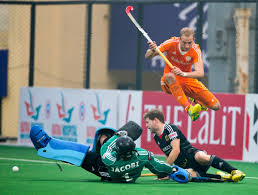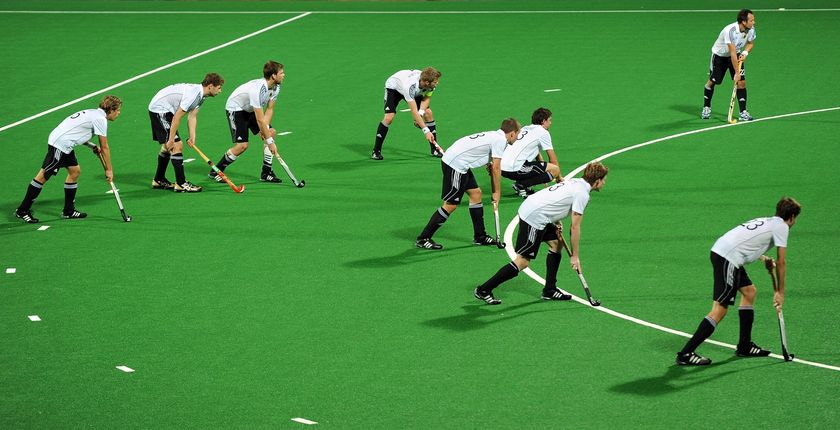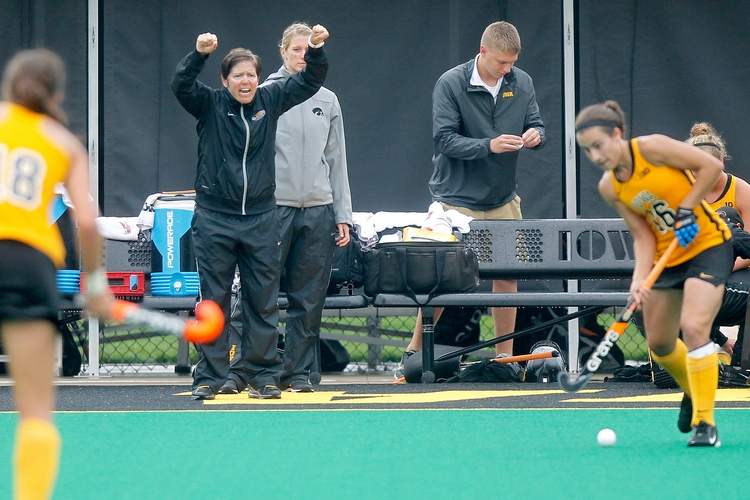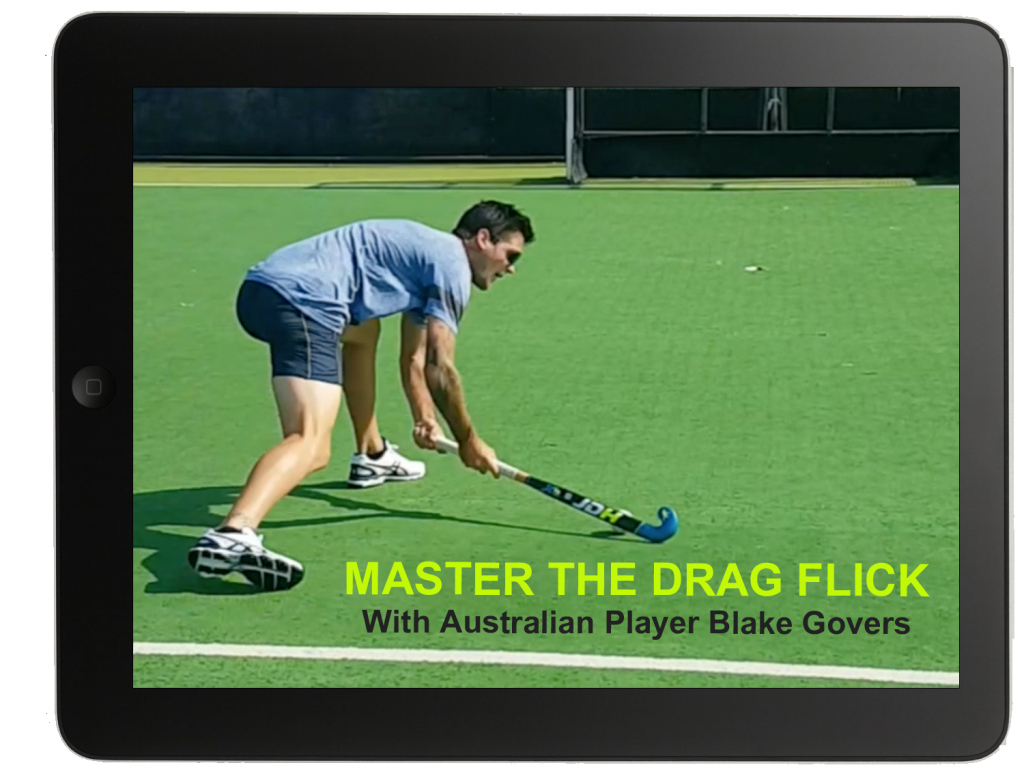Field hockey tactics are not just for hockey coaches to worry about. Although coaches play a large part in tactics, I believe it’s also up to players to understand them too because they’re the ones that need to ultimately make decisions on the field.
“If you can recognise certain situations before others you will be a step ahead”
In hockey, tactics could be the difference between winning and losing! As you develop your hockey skills, knowing how to implement tactics for both yourself and your team becomes even more important, because the margins between victory and defeat are significantly reduced.
Advanced tactical knowledge can turn the best hockey players into exceptional ones. Equally however, having technical talent (i.e. a skilful player) without a tactical ability can make a potentially great player, an average one. At the highest level, hockey can become more and more like a game of chess – where the team with the best plan comes out on top.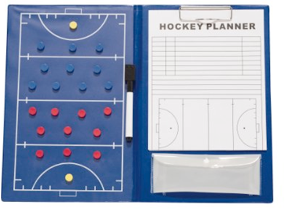
Is it therefore of great importance that you learn how to ‘play the game’, not just play in it!
Every hockey player will at some point hear their coach talk about “reading the game”. In basic terms, this refers to a player’s ability to analyse the game as it unfolds in front of them, and subsequently anticipate and react to it. The best players however, are those who can both ‘read the game’ and then use tactical understanding to capitalise on this.
What is the value of being able to anticipate your opponent’s next move if you do not have the tactical knowledge to know how to best respond to it? Therefore, both reading the game and acquiring a strong tactical aptitude will certainly leave you one step ahead!
In hockey, the opportunity to utilise a tactical understanding and get ahead of your opponent is available at every turn; whether this be within your pre-match preparation or as a response to any number of game variables.
Some aspects where tactics are useful:
- Recognising your own personal strengths & weaknesses
- The strengths & weaknesses of your team
- Strengths & weaknesses of the opposition
- Strengths & weaknesses of individual opponent players
- Conditions of the pitch
- Weather
- Time left in game
- The score
- Set plays
- Formations & presses
Types of Tactics
Tactics come in all shapes and sizes, some of which can be pre-planned and others that can be implemented in response to more changeable factors. Gaining a thorough knowledge of these and how you can implement them will be sure to make you a better hockey player.
Pre-planned tactics: What’s your game plan?
1. Set tactics:
Every hockey team will have its own ‘bank of tactics’ from which they can implement a strategy. In most cases, these set tactics are used for set-piece plays, such as; out-letting, long-corners, hits outside the D, pressing and penalty corners. Having a range of well-rehearsed possibilities for each set-play is a way in which teams can best prepare for the many scenarios that they may come across. This planning of possible tactics not only requires a great deal of hockey knowledge, but a huge amount of practice – as tactics are redundant without the skills to execute them.
“33% of goals are scored through penalty corners”
It is no wonder therefore, that teams and individuals dedicate a vast amount of time towards perfecting their skills and routines. Whilst perfecting your own short-corner speciality can make you an indispensable team member, it is also important to have the tactical ability to recognise when to implement particular corner routines and what to do if they go wrong!
2. Personalised tactics:
Many teams personalise their tactics based upon who is in the squad; with this allowing a team to play towards their strengths and avoid their weaknesses. Such tactics can take many forms, but are seen most commonly in the choice of formation and rehearsed passing patterns. Teams who have been together for longer will often demonstrate greater development of such tactics, as players and coaches have more knowledge of the team and what works best.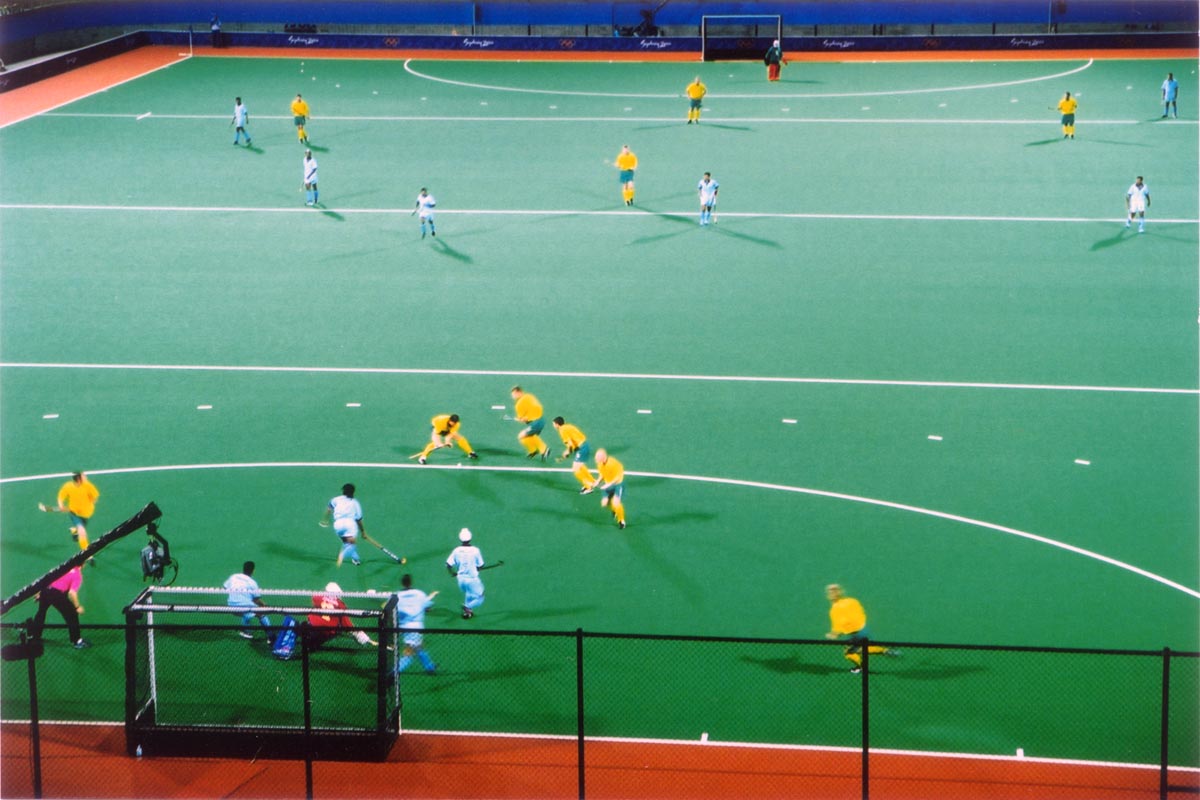
3. Intelligence-led tactics:
Going into a game with ‘intelligence’ on your opposition can be a great advantage – and the surge in popularity of video analysis is great evidence of this. However, having video footage of an opponent is only valuable if you know how to analyse it and subsequently implement effective tactics to your greatest advantage.
Valuable tactics will enhance your team’s strengths and take out your opponent’s weapons – therefore seeking guidance and taking the time to learn the tactical side of your game is particularly important. This is something I teach in both the Mentorship Program and also the online program Reach Peak Performance in Hockey.
Of course, like any plan in sport – there is the likelihood of things not going to plan. Therefore developing tactical knowledge is about far more than learning game plans and set-piece patterns, but about developing the skills and knowledge to become an adaptable player, ready to react to whatever is thrown your way. A large part of this is also related to an individuals mindset and their state of mind at that time, which is another useful area that I help players with.
Dynamic tactics: How do you react?
Most decisions in hockey are made in an unstable, ever-changing environment – therefore developing a skilset and knowledge base from which to best respond to different situations is very important.
The first step towards making good tactical decisions is to recognise and understand the scenario in front of you – something which a surprising number of players struggle to do. One example of understanding a scenario is to “recognise the phase of the game”– a phrase which a coach will often be heard shouting from the side-line.
Imagine you were winning 1-0 and in the final minute of a closely fought game. A good player in this situation, would recognise the need to retain the ball and therefore make sure they kept possession at the other end of the pitch. A less-experienced player on the other hand, might make the mistake of trying to attack and in doing so, risk losing possession. These differences in response can often be critical – therefore developing excellent recognition skills is particularly important.
Key to developing as a hockey player is to build-up of your own ‘bank of tactics’ based on experiences and knowledge, thereby giving some reassurance that you can react to anything that comes your way. This invaluable bank can then be drawn upon in any game to provide you with the best response strategy. With effective coaching and experiences, you can become a critical member of your team and able to think on your feet and initiate key strategies throughout every game. This level of understanding tactical knowledge and understanding will almost certainly always leave you one step ahead!
Want To Get More Hockey Tips?
Download the free ebook & video below to find out how you can take your game to the next level.

